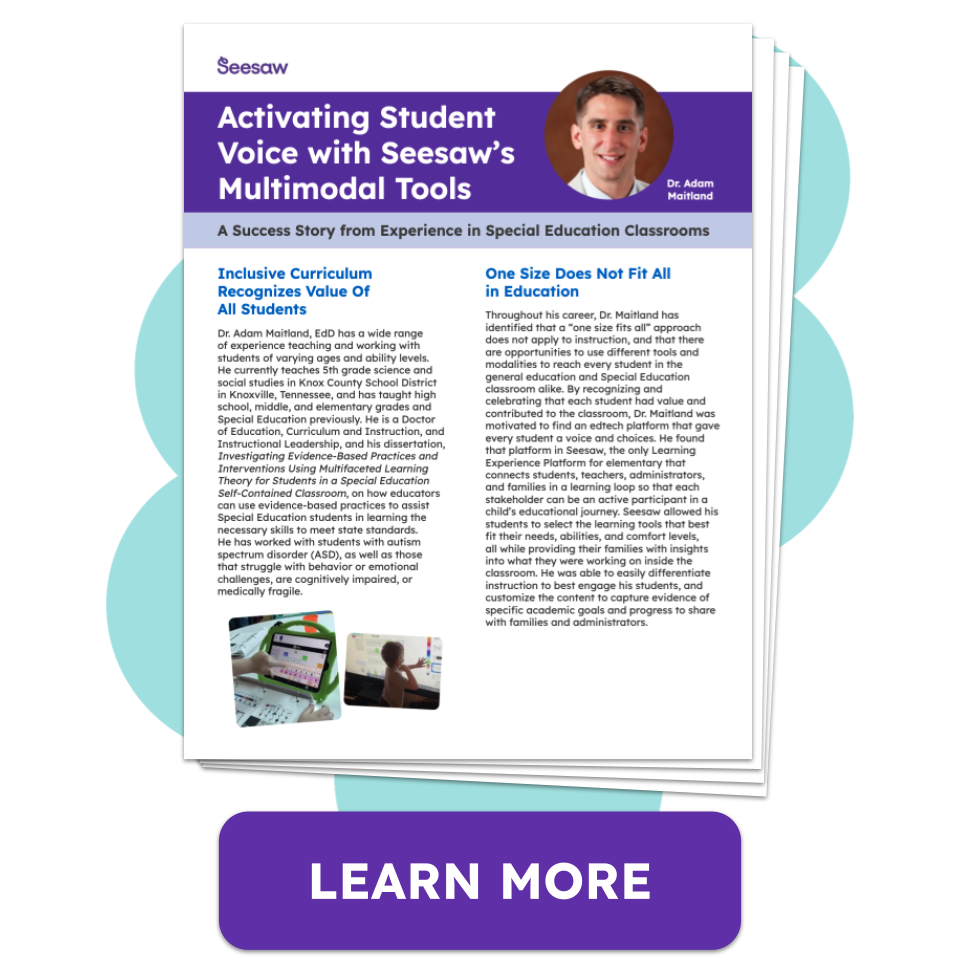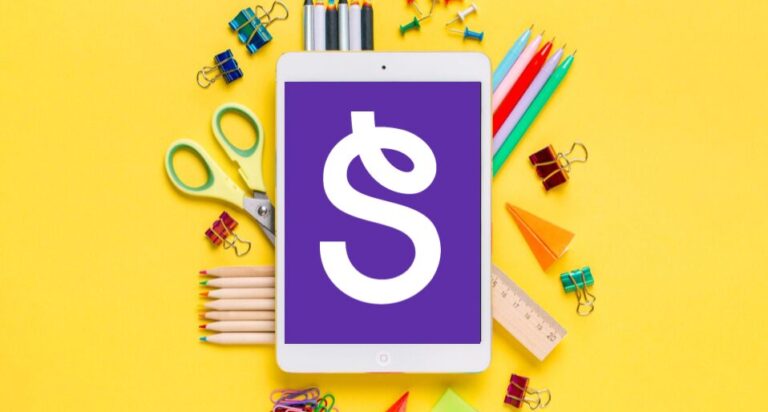Giving students voice and choice in the classroom can feel like walking a tightrope. As a teacher, you want to empower students to lead their learning while maintaining strong classroom management. You want to empower students to lead their learning but losing your grip on the classroom is a scary thought. For many classroom teachers, the core question is how do you give voice and choice without losing control? The good news is that student choice does not always have to be chaos. When voice and choices is implemented with intention, it provides transformational opportunities to students. It builds a thriving community where students are active in their learning while you remain in control of the classroom. The balance between student autonomy and structured learning is the foundation for an engaging and well-managed classroom.
The three pillars of student voice and choice in the classroom
The journey to implement student voice and choice while maintaining effective classroom management starts with knowing exactly what you want students to take ownership of. Here we will highlight three of the most common areas where more voice and choice can easily be embedded.
1. How they Learn
The path to deep understanding is different for every learner, which is why student voice and choice in learning strategies can boost engagement while still keeping classroom routines intact. We see it everyday in classrooms. Lightbulb moments go off at different times through different techniques. Creating space for voice and choice in how they learn allows for growth to happen faster, and more often. Students will also gain autonomy skills to advocate for how they learn best by determining how they are reaching their academic learning targets.
2. How they Show What They Know
Capturing authentic learning is important in any classroom. Embedding student voice and choice into an assessment can lead towards a more authentic showcase of growth. Showcases can be as varied as options such as comic creation all the way to video production. Providing authentic choices that align with learning standards ensures engagement and supports positive classroom management. Using multimodal tools gives students flexible options (like video, audio, and drawings) to demonstrate understanding in creative, personalized ways.
3. What they Learn
Allowing students to have voice and choice in what they learn, while keeping within academic boundaries, is a powerful way to build ownership without losing classroom control. Whenever providing choice in what is learned, keeping the focus on the learning target is critical. Allowing students to make a choice within the academic parameters you outline is a common starting space for educators. For example: when studying biomes, allowing students to choose a biome from a list is an easy way to allow choice while staying focused on the learning target.
 Implementing more student voice and choice in your classroom
Implementing more student voice and choice in your classroom
The roadmap for how you embed more voice and choice is not a one size fits all system. Every classroom functions differently and each group of students have different needs. Below are examples of types of tasks that commonly embed more voice and choice in elementary classrooms. Tools like Seesaw’s multimodal learning features make it easy to provide choice without sacrificing structure, letting students express learning in the way that works best for them.
Low Risk Tasks
- Choice boards during core instruction time that allow students to choose the order in tasks
- Would you Rather games during morning meeting
- Student polls about what they are interested in learning more about
Medium Level Tasks
- Student led conferences
- Flexible seating environments where students choose their seating
- Reflective journaling as a self assessment tool
High Level Tasks
- Student designed unit discovery
- Peer coaching or teaching support
- Student government systems
How do give power, but keep order
By this point, you can see that student voice and choice can thrive in your elementary classroom, without sacrificing classroom structure and behavior expectations. Just because students are making more choices, does not lead to a lord of the flies classroom. Common methods to keep order in your classroom while allowing for choice include:
Set Clear Boundaries
Building guard rails in your classroom helps students to have freedom without going off track. When providing choice, it is important to have guard rails in place. Keeping the focus on a learning standard keeps students academically on track. Building and practicing time management structures allows them to progress on tasks more effectively. Setting up sound respect and teamwork principals ensures that students are safe and respected during learning tasks.
Scaffold Choices
Giving students the keys to the kingdom right away will most certainly lead to disaster. Starting small with micro choices builds understanding within students for how to successfully navigate academic choice. Classrooms around the world find success in slowly lengthening the time you allow students while adding more complexity to their choices. This gradual release of responsibility builds these skills in children with fidelity and will lead to more positive outcomes.
Assessing and Accountability
Ensuring progress is being made is one of the most important elements of keeping order. Teachers who embed more choice often have regular check in’s with students. These can be daily or weekly but keeping tabs on how students are progressing is important. In addition to check in’s, many classrooms also leverage self monitoring systems. A daily share of what they completed that day not only helps the teacher to monitor progress, but also teaches students to reflect on their learning.
Your classroom, their learning
Embedding voice and choice is about shifting responsibility in strategic ways, not giving away the keys to the kingdom. When student voice and choice is paired with intentional classroom management strategies, your classroom becomes a place where students matter more, learn more, and feel empowered to take charge of their education.
Your classroom becomes a place where students matter more.




